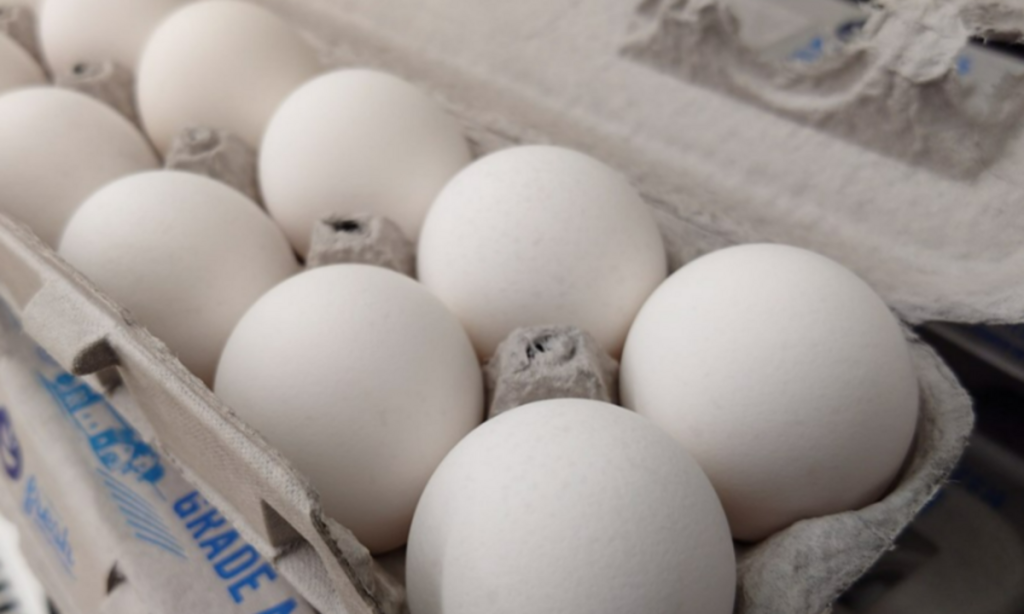Egg prices in Alabama have been rising sharply, and experts have pointed to a familiar culprit: bird flu. The Alabama Poultry and Egg Association has confirmed that the ongoing avian flu outbreak, along with inflation, is causing the price surge.
The Impact of Bird Flu on Egg Production
Since 2022, bird flu, also known as avian flu, has led to the deaths of over 80 million hens in the United States. With fewer hens, egg production has significantly decreased, contributing to the higher prices that consumers are seeing in stores.
In Alabama, the situation is particularly concerning. The state requires approximately 8.5 million eggs per day to meet demand. However, the state is currently able to produce only about 1 million eggs per day. To make up for this shortfall, Alabama relies on neighboring states to help meet its daily needs.
Ray Hilburn, associate director of the Alabama Poultry and Egg Association, said, “We have had a couple of cases in Mississippi, and this past week, there were two cases in north Georgia, near the South Carolina line.”
The bird flu spreads mainly through the feces of infected migrant birds. While some infected birds can survive the illness, it is fatal to many others, leading to a dramatic reduction in the poultry population, and consequently, fewer eggs are being produced.
Alabama’s Egg Shortage: Effects on Prices
The rise in egg prices in Alabama is largely the result of the ongoing outbreaks in neighboring states. While the River Region in Alabama has not experienced any major outbreaks, the state is still feeling the effects of the flu in surrounding areas.
Although the price hike has been noticeable, there are still ways to get eggs at a reasonable price. Hilburn encouraged consumers to explore different stores and compare prices. “Sometimes you can buy brown eggs cheaper than white eggs, so I just encourage our consumers to shop around,” he said.
In addition to bird flu, inflation is also contributing to higher food prices, which makes it even harder for residents to afford eggs. Despite these challenges, Hilburn remains hopeful that both the situation with bird flu and the cost of eggs will improve in the coming months.

What’s Next for Egg Prices in Alabama?
As the situation with the bird flu continues, Alabama’s poultry farmers are working hard to prevent further spread and minimize losses. There is cautious optimism among experts, including Hilburn, that the situation will stabilize soon. However, the ongoing outbreaks in neighboring states mean that the effects on egg prices may persist for some time.
Farmers in Alabama are taking measures to protect their flocks from the avian flu, but the risk of new outbreaks remains high, particularly with the flu spreading from migratory birds. While the situation is challenging, experts believe that the combined efforts of local and state authorities will help mitigate further price increases.
Advice for Consumers
For now, consumers are encouraged to be patient and flexible in their shopping habits. With the possibility of continued price hikes, it’s a good idea to shop at different stores and check for deals. Some consumers have found that brown eggs are priced lower than white eggs, offering a potential savings opportunity.
Though egg prices are likely to stay elevated in the short term, it is expected that the supply will eventually catch up with demand, helping to bring prices down. Farmers and experts hope that with time, both the egg shortage and the price hikes will be resolved.
Disclaimer—Our team has checked this article to ensure its accuracy and eliminate any misinformation. We are committed to providing clear and reliable information for our readers.




